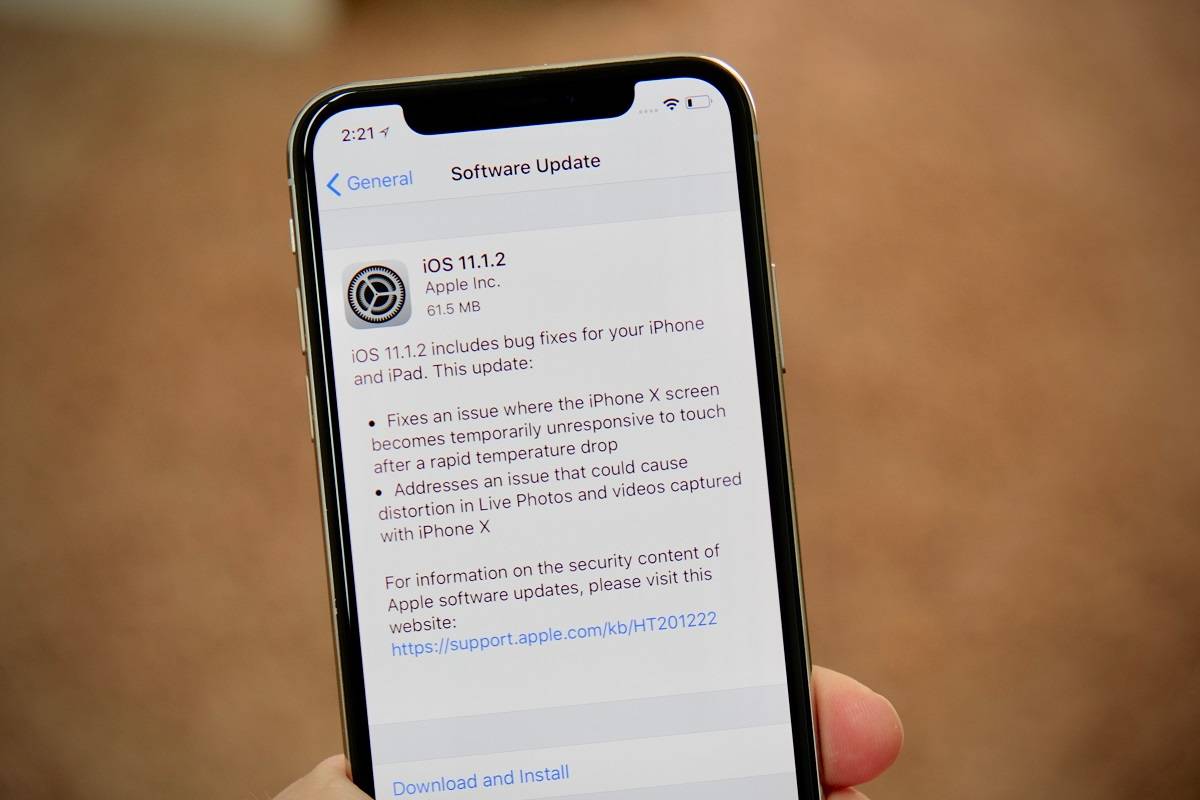If you’ve been looking for the answer to the question, “how to update iPhone 6 to ios 13”, you’ve come to the right place. Here you’ll find out all you need to know about iOS 13, including how to install it, how to keep your iPhone safe, and much more.
Can iPhone 6 get iOS 14?
If you are still using the iPhone 6, it will be difficult to get an upgrade to iOS 14. This is because Apple has not officially supported the phone with its mobile operating system. However, if you own a compatible model, you can get the update. This will provide some new features, bug fixes, and security updates.
One of the biggest changes in the new version of iOS is that you will have more options when it comes to widgets. Widgets are small data-rich icons that you can add to your home screen. Previously, you were limited to having just the app icons on your home screen.
Other features of iOS 14 include the ability to set alternative default apps. You can choose which browser you want to use, as well as which email app you want to use. You can also select your preferred widget size. You can now use the “Widget Gallery” to browse through your favorite widgets.
It’s important to remember that you’ll need to restart your device if you wish to update to a new iOS version. You can do this by holding the volume up and down buttons until the Apple logo appears.
Issues with updating to iOS 13
When you update your iPhone 6 to iOS 13, you may experience a number of issues. You might experience an error that says “unable to check for update,” a problem with your Wi-Fi connection, or you might get an audio mute.
If you are experiencing an issue with the new version of iOS, you can try rebooting your device. This can fix many of these problems. If your device still has problems after a reboot, you can try resetting your network settings. If you cannot get any of these to work, you should consider contacting Apple Support.
You should also make sure that you have enough free space on your device before downloading the update. You can check this by going to the Settings app. You can also free up storage by going to the “Manage” option in the “Storage” section.
Lastly, you should check if your device is fully charged and that you have enough Wi-Fi network connectivity. If you are having a problem with the Wi-Fi connection, you might want to turn off the iMessage application and restart your device. If you do not have any of these problems, you can proceed to download the update.
Downgrade your iPhone to iOS 12
When you want to downgrade your iPhone to iOS 12 there are a few steps you need to follow. First, you must be sure that you have the right model of iPhone. Once you have this information, you can start the process.
When downgrading your iPhone to iOS 12, you will also need to ensure that you have the appropriate tools and knowledge. This means that you will need to use the right kind of computer and software. You will also need to back up any important data on your iPhone before you start.
Fortunately, Apple has taken steps to make downgrading your iPhone to iOS 12 a little less painful. You will need to use the Recovery Mode in order to get the process started. This can be a bit tricky, but you should have no trouble if you follow the steps below.
If you are not sure which version to upgrade to, you may want to wait for the next version to come out. This will give you a chance to catch up on any bugs and updates before you downgrade to the latest version of iOS.
iOS 12 security updates make the system more vulnerable
The latest Apple security update is available for a variety of devices. The updates are intended to patch a vulnerability that could allow hackers to steal information and gain arbitrary code execution. The vulnerabilities are in WebKit, the web browser engine that powers all iOS apps.
The first of two issues fixed in the update is an out-of-bounds write issue. This problem can be exploited to gain complete control of your device.
The second vulnerability is a cross-origin issue in the Webkit fetch API that can expose sensitive user data. The fix for this vulnerability was included in the iOS 12.5.6 update. This issue also affects the Safari browser on the Big Sur and Catalina operating systems.
The other flaw, CVE-2022-32917, is a kernel level zero-day vulnerability that can be exploited by hackers to gain arbitrary code execution. The bug, which was discovered by an anonymous researcher, can be used to take over a computer.
Apple can’t prevent jailbreaking
Do you want to update your iPhone 6 to iOS 13 without jailbreaking? If so, you have come to the right place. Apple has improved its devices to fight jailbreaking. However, some users will always want more options than Apple provides. You can easily sideload apps to your iPhone.
You may be surprised to learn that you don’t have to be a genius to jailbreak your iPhone. If you use the right tools, the process is simple.
First, you’ll need a Mac or Linux computer. You can download a program called Jailbreak Toolkit. It will detect your device and show you a firmware download screen.
Next, you’ll need to open Settings. You’ll find an icon that looks like a hollow diamond. When you mouse over it, you’ll see a button called Disable OTA Software Update. The setting is turned on by default. This will prevent the iPhone from automatically downloading new updates.
Jailbreaks can be dangerous, especially if you’re not careful. They can expose your phone to malware, compromising your private data. It can also break your warranty.


